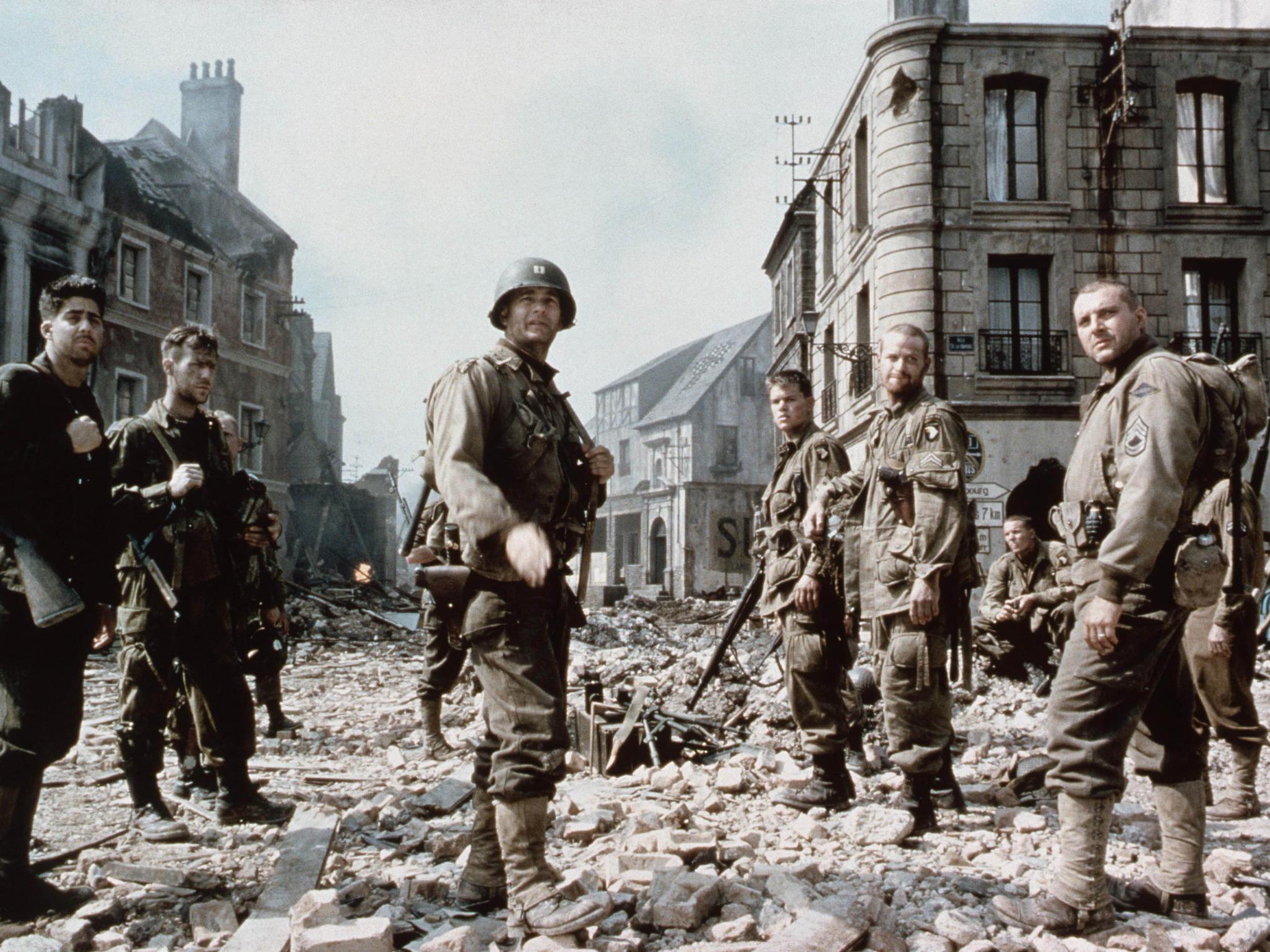Saving Private Ryan at 20: When Steven Spielberg set the gold standard for war movie realism
Instant classic starring Tom Hanks and Matt Damon continues to inspire action filmmakers attempting to faithfully recreate theatre of combat
Steven Spielberg’s Saving Private Ryan was released precisely 20 years ago.
Like the novels of Graham Greene, Spielberg’s work can be loosely divided into two categories: “serious” undertakings and “entertainments”.
Over the course of a career spanning almost 50 years, this supreme American filmmaker has given us earnest dramatisations of historical events like Schindler’s List (1993), Amistad (1997), Munich (2005), Lincoln (2012), Bridge of Spies (2015) and The Post (2017) alongside the blockbusters with which he remains synonymous: Jaws (1975), Jurassic Park (1993), Ready Player One (2018) and the rest.

Saving Private Ryan of course belongs in the former category, an unflinching reconstruction of the realities of combat during the Second World War conducted with huge respect and reverence for those who served.
The story by Robert Rodat recounts a mission of compassion carried out by Captain Miller (Tom Hanks) and his company, dispatched to occupied France to rescue the titular recruit after General George Marshall learns of the deaths of all three of Ryan’s brothers overseas and is haunted by the thought of the military having to break the news of the final son’s loss to their mother.
Miller’s men question the merit of sacrificing the lives of several others to bring back one man, a gesture they suspect amounts to little more than a War Department publicity stunt, but their leader’s conviction is unshakeable.
The film’s opening sequence, a 27-minute reconstruction of the D-Day landings on Omaha Beach in Normandy on Tuesday 6 June 1944, is Saving Private Ryan’s calling card and still the gold standard by which all war movies are judged.
The meticulous attention to detail Spielberg includes as the US landing craft approach the shore under brooding skies has rarely been matched. The men peer out apprehensively from beneath their helmets as the waves crash against the boats. Some vomit from sea sicknesses into the swash at their feet, others toy nervously with their rifles.
When they disembark and charge the sands, the hammering chaos of flying bullets, machine gun fire and airborne bombing raids overhead are quite literally deafening to Miller, our guide through this terrible theatre of war. The blood of fallen comrades seeps into the saltwater in total silence as Miller looks on, momentarily stunned with horror before steeling himself for the fight.
Never has the first-person experience of warfare been better conveyed on the big screen.
The likes of Ridley Scott’s Black Hawk Down (2001), Clint Eastwood’s Flags of Our Fathers and Letters from Iwo Jima (both 2006 and produced by Spielberg), Mel Gibson’s Hacksaw Ridge (2016) and particularly Christopher Nolan’s Dunkirk from last year all owe a debt to the extraordinary advances Spielberg made here.

Watch Apple TV+ free for 7 day
New subscribers only. £9.99/mo. after free trial. Plan auto-renews until cancelled.
ADVERTISEMENT. If you sign up to this service we will earn commission. This revenue helps to fund journalism across The Independent.

Watch Apple TV+ free for 7 day
New subscribers only. £9.99/mo. after free trial. Plan auto-renews until cancelled.
ADVERTISEMENT. If you sign up to this service we will earn commission. This revenue helps to fund journalism across The Independent.
The key to the success of the scene is in the director never succumbing to the temptation to pull back and revel in the epic spectacle unfolding along the coastline, an indulgence that would interfere with his close focus on the very human realities of the moment.
He puts us there, alongside Hanks, and in doing so gives us a more primal understanding of what happened on that day and what it was truly like to be there than any documentary or dry recounting of the facts could hope to achieve.
Another important step towards authenticity came at the casting stage.

Spielberg deliberately chose supporting actors with an old fashioned quality to them, a period “look”, men like Adam Goldberg, Edwards Burns, Tom Sizemore, Barry Pepper and Giovanni Ribisi. Hanks himself carries a weary decency very much in the manner of earlier stars like Jimmy Stewart.
This is precisely the sort of detail a younger director who had not grown up with the Baby Boomers might have overlooked.
Miller’s pursuit of Private Ryan through the blasted ruins of Normandy might also have been presented as a daring-do adventure caper by a less sensitive filmmaker (or had it been made in the 1940s).
In Spielberg’s hands, the mission is a stoic forward march towards the prize because death is just around the corner and because there is nothing else but the task assigned.
Join our commenting forum
Join thought-provoking conversations, follow other Independent readers and see their replies
Comments
Bookmark popover
Removed from bookmarks